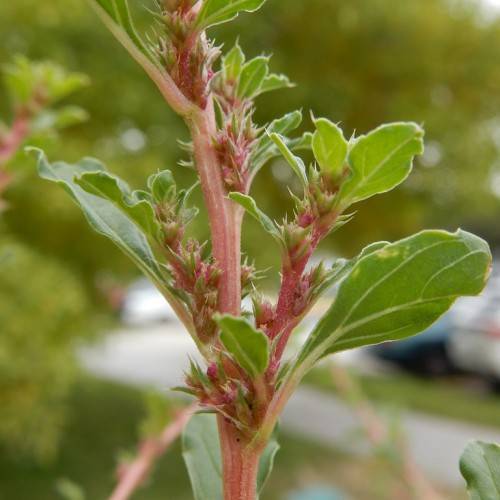
White Pigweed
Amaranthus albus
Also Known As - Prostrate Pigweed,Tumble Pigweed,TumbleweedWatering:
Minimal
Hardiness Zone:
Sun:
full sun,part shade
Leaf:
Yes
Growth Rate:
Low
Drought Tolerant:
Yes
Salt Tolerant:
Yes
Care Level:
Medium
watering
Hairy Marsh Mallow (Althaea hirsuta) should be watered whenever the top inch of soil becomes dry. Water deeply and thoroughly, taking care to moisten the entire root zone, until excess water begins to drain from the pot. Allow the pot to drain completely before returning it to its location. During the hot and dry growing season, this may mean watering once a week or more, while during cooler, wetter weather, it may only be necessary once every 2 weeks.
sunlight
Hairy Marsh Mallow needs full sun to part shade in order to grow and thrive. It prefers at least 6 hours of direct sun per day during the growing season. During the summer months, it can tolerate some light shade during the hottest hours of the day. In more northern climates, it is best to provide 6 to 8 hours of direct sun per day. During the winter months, the plant is dormant and will need less sunlight. When the plant is dormant, between 4 and 6 hours of sun is enough.
pruning
Hairy Marsh Mallow (Althaea hirsuta) should be pruned in early spring, or late winter. Pruning should be done to remove any dead or diseased foliage, and to shape the plant. Pruning should be done lightly, taking off no more than 1 third of the plant's overall height. This will encourage new growth and flowering. Deadheading - removing spent flowers - should be done throughout the growing season, as they appear. Hairy Marsh Mallow is generally a low-maintenance plant and does not require a great deal of pruning to thrive.
